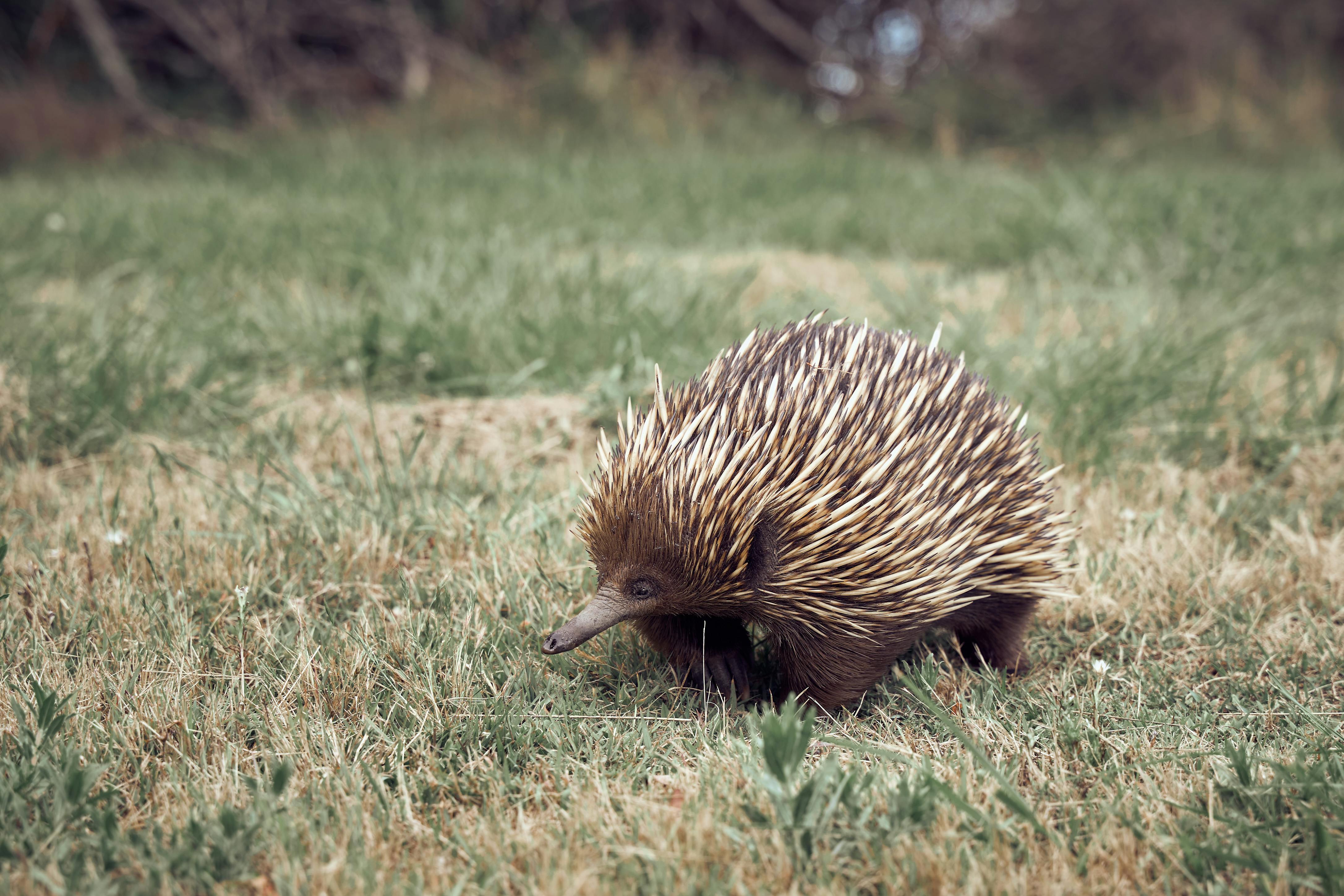Enigmatic Echidnas: Unveiling the Secrets of One of Earth's Oldest Mammals
Introduction: Echidnas, often referred to as spiny anteaters, are one of the most fascinating creatures on Earth. These mammals, which lay eggs and possess fascinating survival strategies, date back to prehistoric times. Let's delve into their world and uncover the secrets of these enigmatic beings.

The Ancient Origins of Echidnas
Echidnas are one of the two types of egg-laying mammals, or monotremes, along with the platypus. They are believed to have split from their shared ancestor approximately 50 million years ago. Despite their nickname ‘spiny anteaters,’ echidnas are not related to anteaters and their diet is not limited to ants but includes termites and worms as well.
Echidnas’ Unique Anatomy and Adaptations
Echidnas are known for their spiky coats, similar to porcupines, which protect them from predators. They have strong, clawed feet which they use to dig burrows, and a characteristic long tongue to capture food. Male echidnas also possess a four-headed penis, an uncommon trait in the animal kingdom.
The Enigma of Echidna Reproduction
Echidna reproduction is profoundly intriguing. They lay eggs, which are carried in a pouch until hatching. The young, known as ‘puggles,’ are then sustained on milk secreted from the mother’s skin as echidnas lack nipples.
Current Status and Conservation Efforts
There are four species of echidnas, with the short-beaked echidna being widespread across Australia and New Guinea. However, the three species of long-beaked echidna are endangered due to hunting and habitat loss. Conservation efforts are in place to protect these unique creatures and their habitats.
Echidnas in Popular Culture
Echidnas hold a significant place in the cultures of indigenous Australians, appearing in dreamtime stories and as a symbol of motherhood. More recently, they’ve become popular globally, thanks to the character Knuckles in the Sonic the Hedgehog video game series.
In conclusion, echidnas are fascinating creatures with unique characteristics that differentiate them from other mammals. Their ancient lineage, unique reproductive strategies, and the ongoing conservation efforts to protect them are all part of the intriguing world of these spiny monotremes. By understanding and appreciating these extraordinary creatures, we can contribute to their survival and continued existence on Earth.




